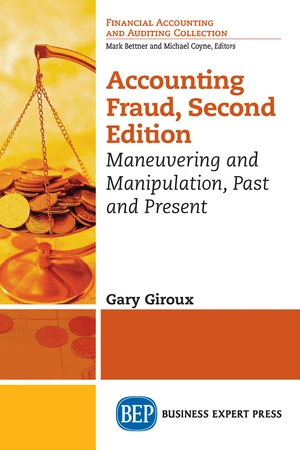Scandals relating to manipulation and fraud have dominated much of the history of business and the accounting profession in America since it's foundÃing. Crooks, corruption, scandals, and panics have been regular features of the business landscape, with regulations and the expansion of financial disÃclosure, auditing, and regulatory agencies following major debacles. Prior to the creation of the Securities and ExÃchange Commission (SEC) in the 1930s and the deÃvelopment of generally accepted accounting prinÃciples (GAAP), few accounting rules existed and it is difficult to identify Ãaccountingà scandals. Beginning with the New Deal of the 1930s, regulations of financial markets (including the SEC); the creation of generally accepted accounting principles (GAAP) and organizations to improve and keep GAAP current (now in the hands of the Financial Accounting Standards Board); and auditing (currently under the Public Company Accounting Oversight Board) improved accounting and audit practices and financial disclosures. Despite these efforts, accounting frauds continue-many in new and innovative ways. This book brings to light the importance of incenÃtive structures of key players, consideration of economic and psychological perspectives on behavior, and the need for increasingly efÃfective regulation, which become more obvious by considering decades of abuse. Executive compensaÃtion, pensions, market values, special purpose entities, and derivaÃtives continue to be problematic accounting issues as they have for decades. Inside, you'll get exposure to financial disclosure issues and other accounting risks, plus additional knowledge of accounting fraud and risk areas.
Price history
Oct 25, 2021
€13.66

